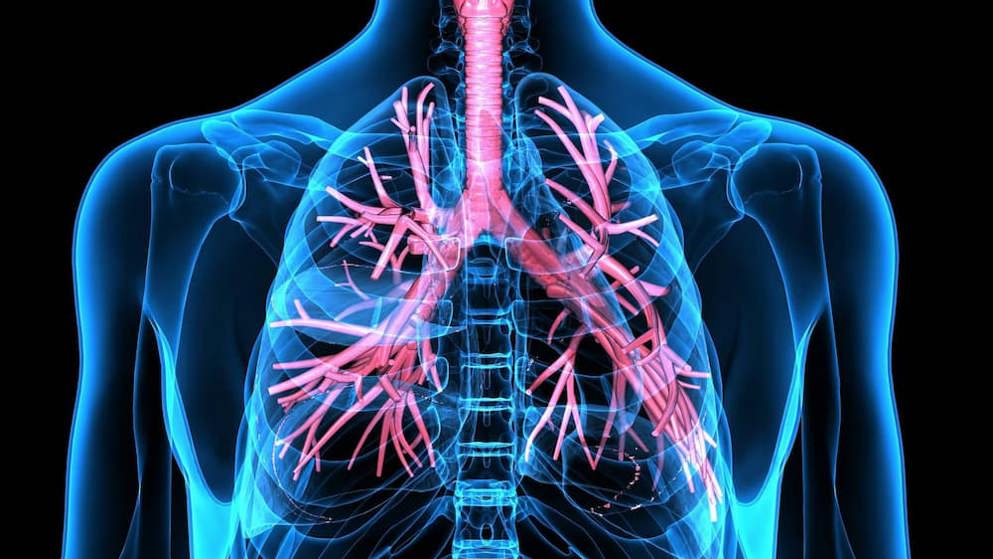Data from phase III ENERGITO study of Stiolto Respimat (olodaterol + tiotropium) published in journal of chronic obstructive pulmonary disease- Boehringer
Boehringer has announced the publication of data that show Stiolto Respimat (olodaterol + tiotropium) improved lung function across a range of measures (FEV1 AUC0–12, FEV1 AUC0–24, FEV1 AUC12–24, peak0-3 FEV1 and trough FEV1) in patients with chronic obstructive pulmonary disease (COPD), compared to a European formulation of a combination of a long-acting beta agonist (LABA), salmeterol, and an inhaled corticosteroid (ICS), fluticasone propionate (50/500 mcg, 50/250 mcg). Published online in Journal of Chronic Obstructive Pulmonary Disease, these data are from the ENERGITO study, which investigated the impact of Stiolto Respimat on lung function among moderate to severe COPD patients.
In the six week ENERGITO multicenter complete crossover study (NCT01969721), patients treated with once-daily Stiolto Respimat had significant increases in FEV1 AUC0-12, the primary endpoint, than patients treated with salmeterol/fluticasone propionate (T+O 5/5 mcg compared to salmeterol/fluticasone propionate 50/500 mcg: 129mL and 50/250 mcg: 125mL. In the study, FEV1 AUC0-24, the key secondary endpoint, was also significantly increased with Stiolto Respimat after six weeks compared to salmeterol/fluticasone propionate (T+O 5/5 mcg compared to salmeterol/fluticasone propionate 50/500 mcg: 86 mL and 50/250 mcg: 82 mL. Stiolto Respimat also increased lung function compared to salmeterol/fluticasone propionate as measured by the following additional secondary endpoints at week six.
The frequency of adverse events (AEs) was similar between all treatment groups with 29.7-37.0 percent of patients reporting at least one AE while on treatment. The most common adverse reactions were nasopharyngitis (common cold), COPD and cough.

